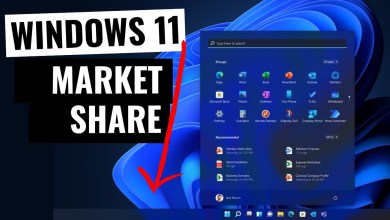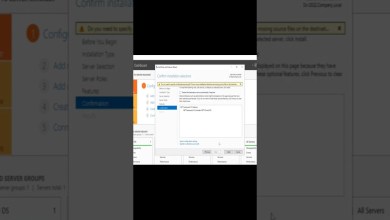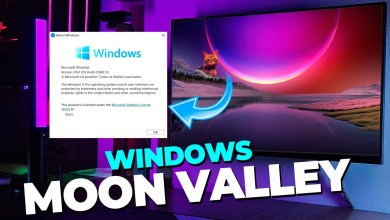How to Fix I/O Device Error in Windows 10
Disclaimer/Disclosure: Some of the content was synthetically produced using various Generative AI (artificial intelligence) tools; so, there may be inaccuracies or misleading information present in the video. Please consider this before relying on the content to make any decisions or take any actions etc. If you still have any concerns, please feel free to write them in a comment. Thank you.
—
Summary: Encountering an I/O device error in Windows 10 can be frustrating, but there are several steps you can take to resolve it. Learn how to troubleshoot and fix this issue with our comprehensive guide.
—
If you’ve encountered an I/O (Input/Output) device error on your Windows 10 system, don’t worry; you’re not alone. This error typically indicates a problem with your hardware or data transfer processes. However, it’s often fixable with a few troubleshooting steps. Here’s a guide on how to tackle this issue:
Check the Connections
Ensure that all cables and connections between your computer and the affected device (such as an external hard drive, USB flash drive, or CD/DVD drive) are secure. Loose or faulty connections can lead to I/O errors.
Restart Your Computer
Sometimes, a simple restart can resolve temporary glitches or conflicts that may be causing the I/O error.
Run Hardware Troubleshooter
Windows 10 includes a built-in troubleshooter that can help diagnose and resolve hardware issues. To run it, go to Settings > Update & Security > Troubleshoot > Additional troubleshooters. Select “Hardware and Devices” and follow the on-screen instructions.
Update Device Drivers
Outdated or incompatible device drivers can cause various errors, including I/O device errors. Visit the manufacturer’s website for your computer or the device in question and download the latest drivers. Alternatively, you can use Device Manager to update drivers.
Check for Disk Errors
Use the built-in Windows Disk Check utility to scan and repair disk errors. Open File Explorer, right-click on the affected drive, select “Properties,” go to the “Tools” tab, and click “Check” under Error checking. Follow the prompts to scan and fix any errors.
Disable and Re-enable the Device
In Device Manager, locate the device experiencing the I/O error, right-click on it, and select “Disable.” After a few seconds, right-click on it again and choose “Enable.” This action can sometimes reset the device and resolve the error.
Use a Different Port or Cable
If you’re encountering the error with an external device connected via USB or another interface, try using a different port or cable. A faulty port or cable could be the culprit.
Test the Device on Another Computer
To determine whether the issue is with the device itself or your computer, connect the affected device to another computer and see if the error persists. If it does, the problem likely lies with the device.
Perform a System Restore
If the error started occurring after a recent software change or update, you can try performing a system restore to revert your system to a previous state when the error was not present.
Seek Professional Help
If none of the above solutions work and you’re still experiencing the I/O device error, it may indicate a more serious hardware issue. In such cases, it’s best to seek assistance from a professional technician or the manufacturer’s support team.
Encountering an I/O device error can be frustrating, but with patience and the right troubleshooting steps, you can often resolve it and regain access to your files and devices.
[ad_2]
source



